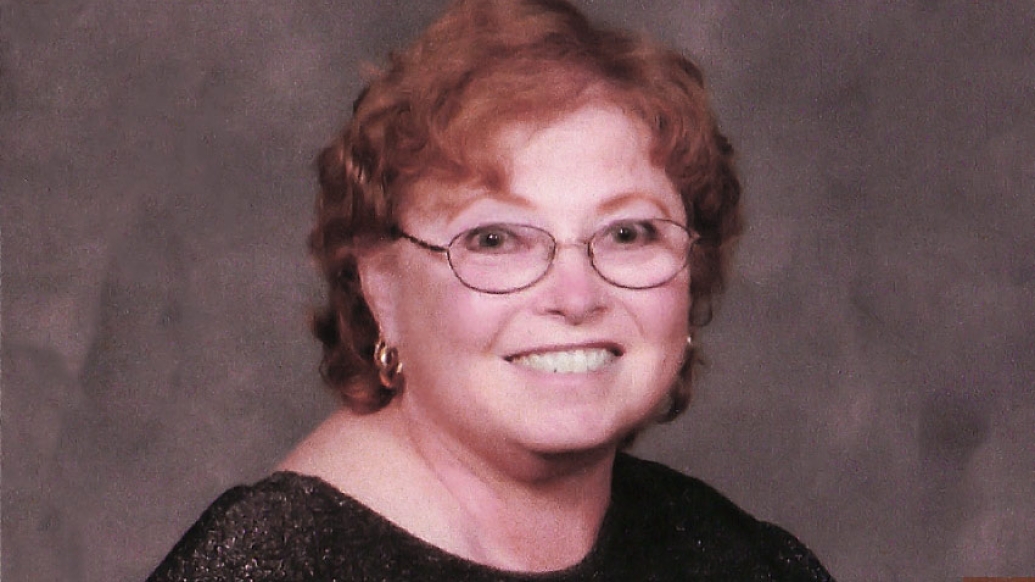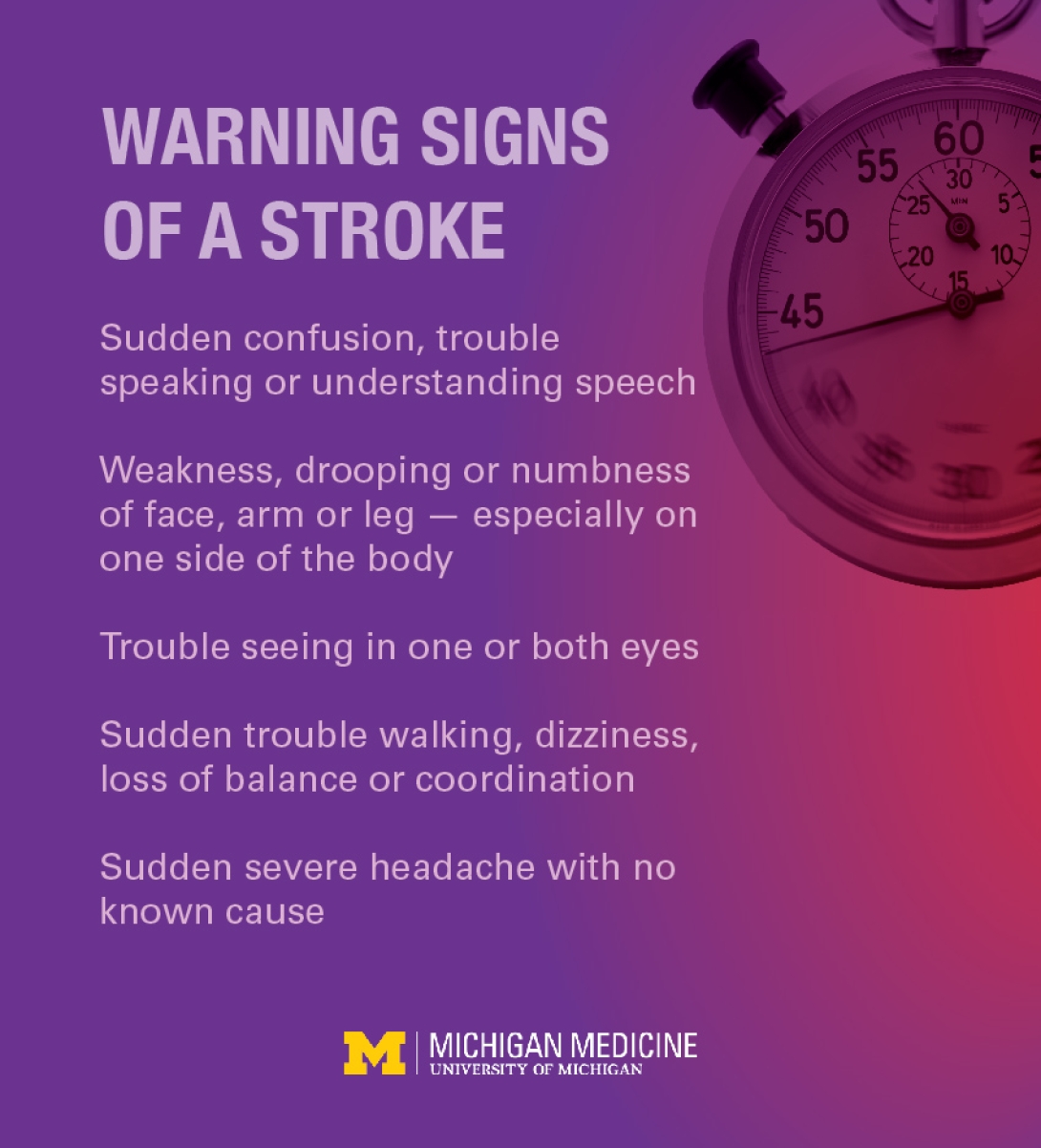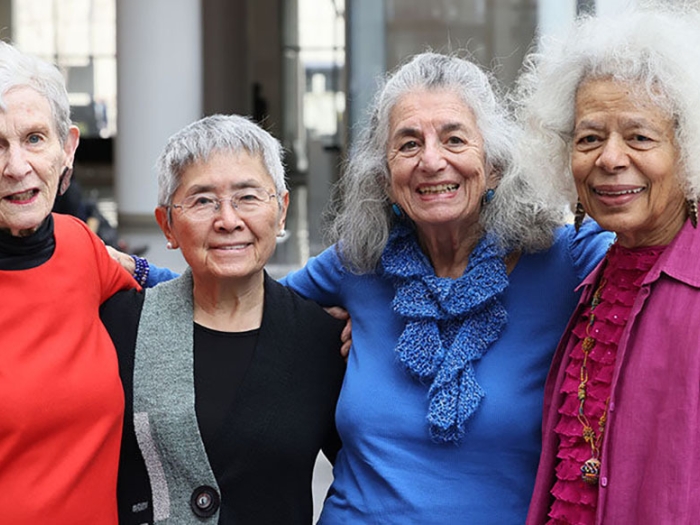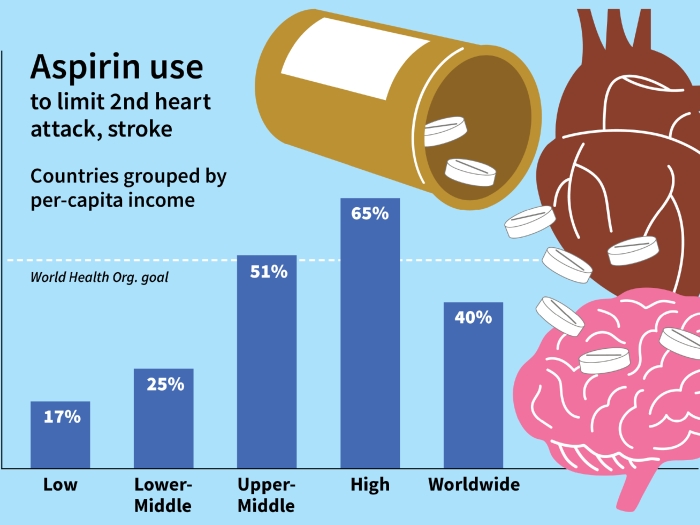May is National Stroke Awareness Month, an annual reminder to learn the warning signs of stroke — and recognize the value of immediate action.
7:00 AM
Author |

If there's any doubt that fast action can save a stroke patient's life, Carol Yeary is living proof.
MORE FROM MICHIGAN: Sign up for our weekly newsletter
Her husband, Carl, also can attest. The moment he realized something was wrong, Carl kept a cool head and did exactly the right thing: He called 911.
It was the first of several quick, smart decisions that would save the woman's life.
The Belleville, Michigan, resident had just returned home from a doctor's appointment in early February when her symptoms began.

"Coming up the stairs, I suddenly felt like I was going to pass out," says Carol, now 69. "Just as Carl told me to sit down, I did pass out. That's about all I remember until I woke up in the hospital."
An ambulance rushed Carol to a nearby emergency room, where a team stabilized her.
Noting the seriousness of her condition, they made the next smart decision: transferring her to the nearest hospital best suited to handle severe strokes like the one she had suffered.
That destination: the University of Michigan, one of only about 100 hospitals nationwide designated as a Comprehensive Stroke Center by the American Stroke Association and the Joint Commission.
This elite status is based on multidisciplinary expertise in treating all types and severities of stroke and hemorrhage, and on offering advanced imaging, treatment and recovery capabilities and facilities.
Comprehensive care
"When Carol arrived, she was completely paralyzed on her right side, and was unable to speak or understand," recalls Michigan Medicine neurosurgeon Aditya S. Pandey, M.D.
Pandey confirmed that Carol had suffered an occlusion, or blockage, in the left middle cerebral artery (MCA), a vital blood supplier to areas of the brain responsible for motor skills, sensation and speech.
SEE ALSO: How Rehabilitation Helps Stroke Patients Recover 'Faster and Better'
"She was in critical condition as thousands of her brain cells were dying every minute that they were not receiving blood flow," he explains.
Using the National Institutes of Health Stroke Scale (NIHSS), a tool to estimate the amount of impairment a patient's stroke has caused, Pandey determined that Carol's NIHSS score was an "18" — putting her "in the moderate to severe range."
Cutting-edge treatment
An endovascular thrombectomy would ultimately save Carol's life.
The minimally invasive procedure, which is becoming more common at stroke centers, employs a stent retriever designed to trap (and remove) the source of trouble.
"The procedure involves inserting a catheter into an artery in the leg or arm," says Pandey. "Through that, we thread another catheter up to the location of the clot. Then we pass a stent — similar to the kind used to open clogged heart arteries — through the catheter into the clot."
Once positioned, the retrieval work begins.
"The stent 'traps' the clot," Pandey says. "Both the stent and clot are then pulled out together through the catheter."
In addition to being one of the few places in the region offering the latest treatments such as stent retrievers, U-M offers many other advantages to stroke patients.
Says Pandey: "Our center offers patients access to stroke specialists in neurology, neurosurgery, cardiology, vascular surgery, physical medicine and rehabilitation, radiology and nursing — as well as a specially equipped and staffed neuro intensive care unit."
The wealth of expertise is key for individuals like Carol. Recent research suggests that receiving care at a Comprehensive Stroke Center may be associated with improved survival for some critically ill stroke patients.
Road to recovery
Although Carol's recovery began in intensive care, it continues to this day.
"I was in the hospital for about two weeks, but I started feeling better after about three or four days," she remembers. "A couple of times, I temporarily lost movement on one side, but each time it came back. I was able to begin physical therapy in the hospital, and I've kept it up since returning home."
For the most part, she has resumed her daily activities and can again enjoy hobbies such as shopping, reading, knitting and crafts.
"Once in a while I still feel wobbly, and the doctor says that may happen for a year or longer," Carol says. "But I'm not complaining; most days I feel pretty good."

Explore a variety of healthcare news & stories by visiting the Health Lab home page for more articles.

Department of Communication at Michigan Medicine
Want top health & research news weekly? Sign up for Health Lab’s newsletters today!





